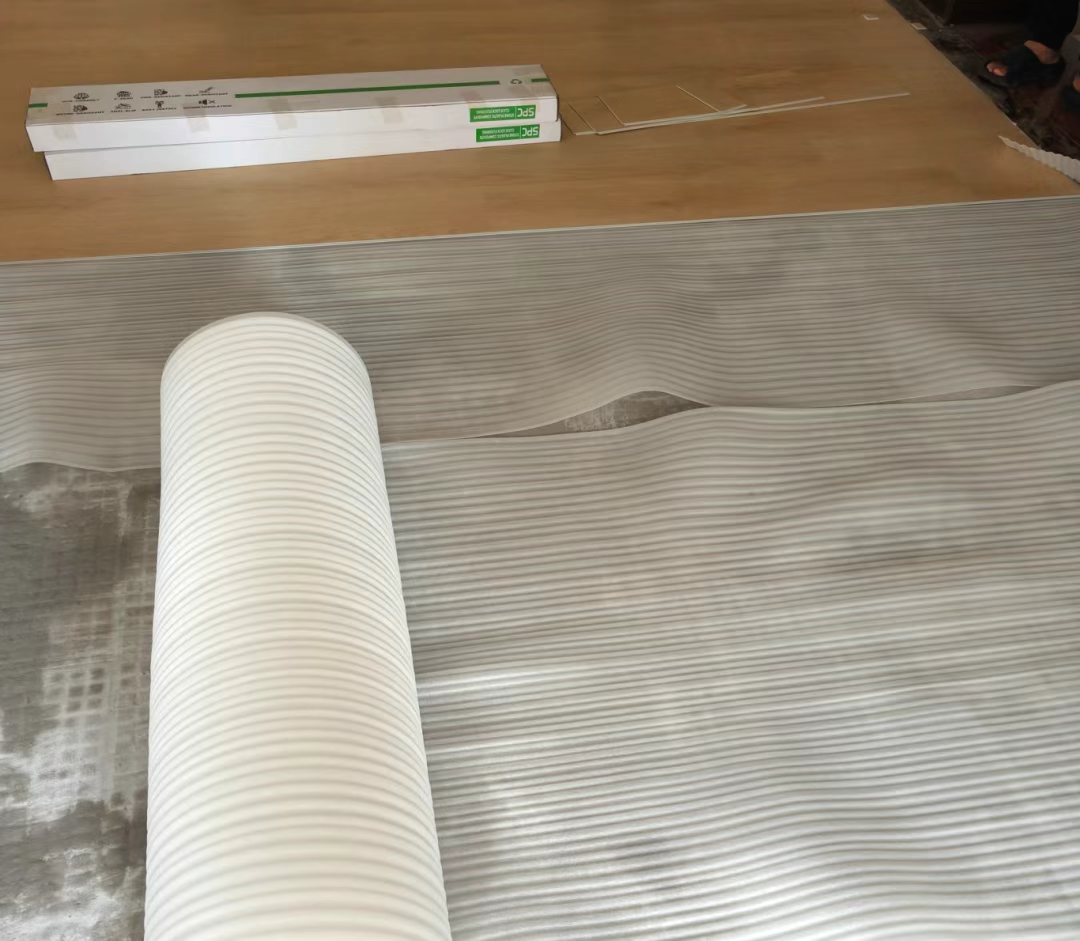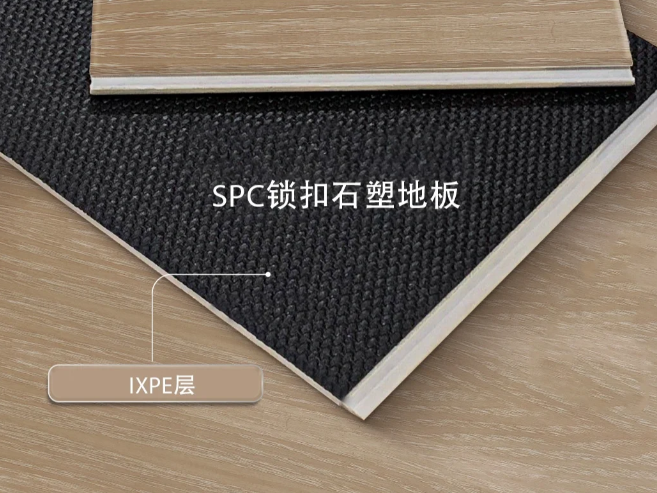Email format error
Email cannot be empty
Email already exists
6-20 characters(letters plus numbers only)
The password is inconsistent
Email format error
Email cannot be empty
Email does not exist
6-20 characters(letters plus numbers only)
The password is inconsistent


Introduction
SPC flooring has revolutionized commercial and residential spaces with its exceptional durability,waterproof properties,and eco-friendly composition.For B2B clients seeking enhanced performance,integrating SPC floor moisture-proof film and IXPE film is critical to maximizing longevity,acoustics,and climate resilience.This guide provides actionable insights for selecting these specialized components to meet diverse project requirements across global markets.
---
Core Technical Specifications
Moisture-Proof Film
• Material Innovation:High-density polyethylene(HDPE)or PVC-based films with nano-coating technology create impermeable barriers,preventing water vapor infiltration even in humidity-prone regions like Southeast Asia or coastal areas.
• Thickness Standards:Optimal 0.5–1.2mm films balance flexibility and durability,with 0.8mm recommended for high-traffic commercial environments.
• Compatibility:Ensure seamless adhesion to SPC’s rigid core layer(calcium carbonate+PVC matrix)to avoid delamination under thermal expansion(critical for markets with temperature extremes,e.g.,Middle East winters or Australian summers).

IXPE Film
• Acoustic Layering:Multi-density EVA(ethylene-vinyl acetate)or cork-composite underlays reduce impact noise by 18–22dB,ideal for hotels,offices,and multi-story residential projects.
• Compression Resistance:Select films with≥90%rebound resilience to maintain sound-dampening properties under heavy loads(e.g.,furniture in luxury villas or retail spaces).
• Thermal Insulation:Films with R-values≥0.05 m²·K/W enhance energy efficiency in temperature-sensitive markets like Europe.

---
Selection Criteria for B2B Applications
Regional Climate Adaptation
• High Humidity(Southeast Asia,South Africa):Prioritize moisture-proof films with anti-mold additives and ASTM D570 water absorption rates<0.5%.
• Arid Climates(Middle East):Opt for UV-stabilized films to prevent brittleness in direct sunlight.
Project-Specific Needs
• Wholesalers/Contractors:Bulk orders of standardized 1.0mm films for cost efficiency.
• Designers/Architects:Customizable film textures(embossed,smooth)to align with aesthetic specifications.
• Certifications:Verify CE,ISO 14001,and FloorScore®compliance for EU market access and LEED certification eligibility.
---
Installation Best Practices
• Subfloor Preparation:Ensure moisture levels<4.5%(per ASTM F1869)before film application.
• Expansion Gaps:Maintain 8–12mm perimeter gaps to accommodate thermal movement,especially in regions with seasonal temperature swings.
• Seam Sealing:Use solvent-free adhesives for edge bonding to preserve indoor air quality(critical for healthcare or educational projects).
---
Case Study:Enhancing ROI
A recent luxury hotel project in Dubai achieved a 30%reduction in HVAC costs and 40%noise reduction by pairing 1.0mm HDPE moisture-proof film with 6mm cork-composite mute film.The solution withstood 60°C exterior temperatures while maintaining interior acoustics below 35dB.
---
Conclusion
Strategic selection of SPC floor moisture-proof film and IXPE film directly impacts project durability,occupant comfort,and lifecycle costs.By aligning material properties with regional demands and client specifications,B2B partners can deliver solutions that outperform traditional flooring systems.For technical datasheets or region-specific recommendations,consult our engineering team to optimize your next project.